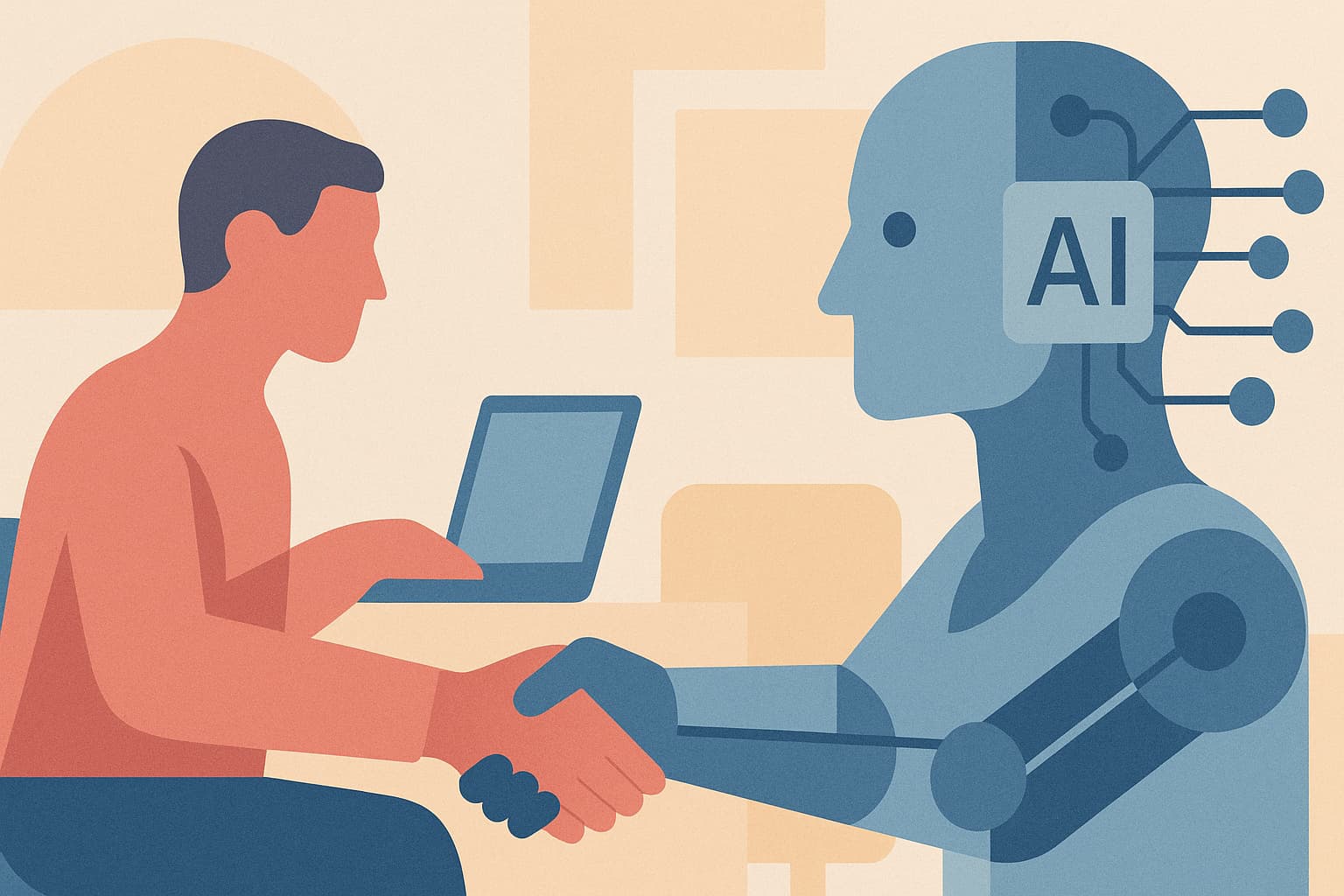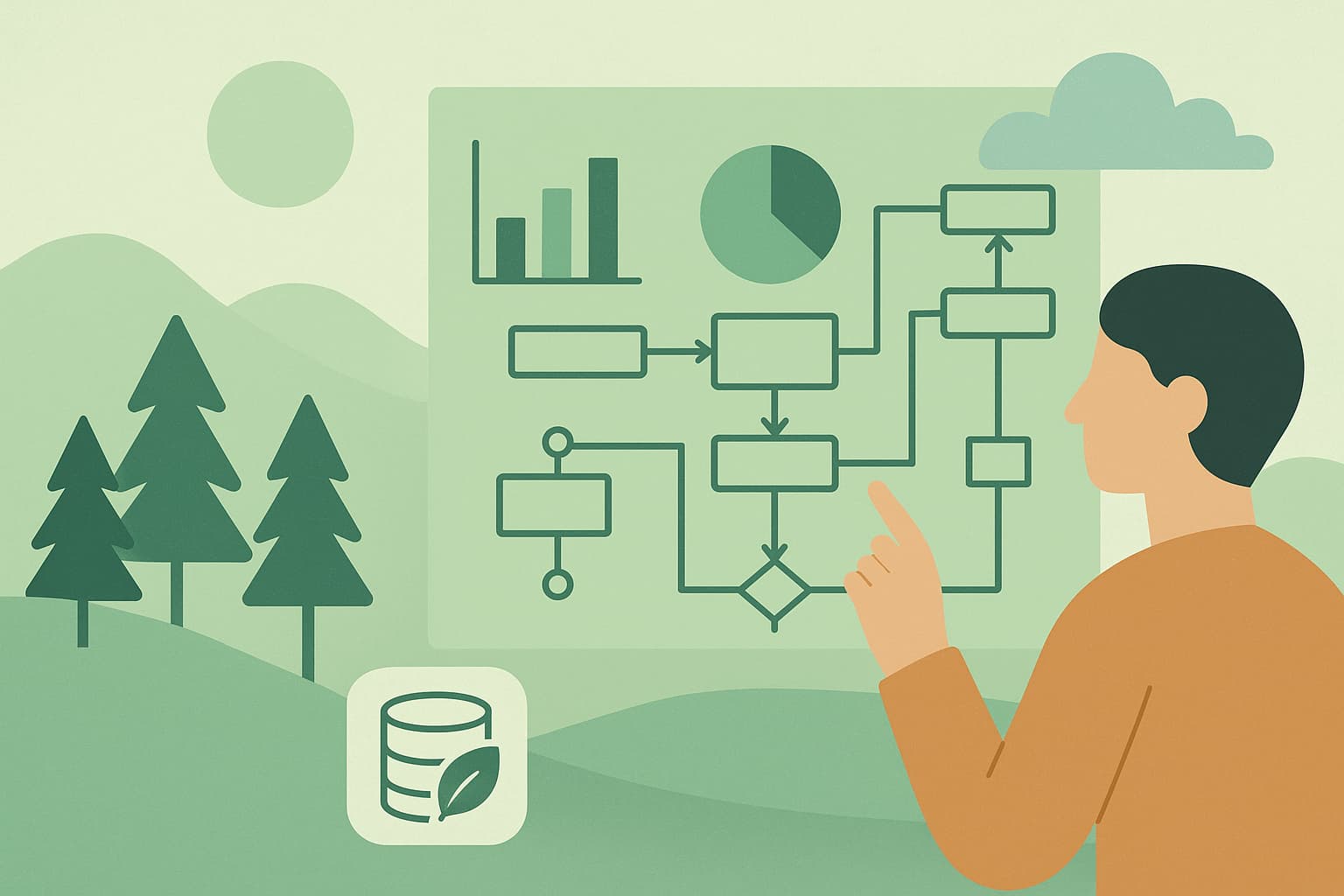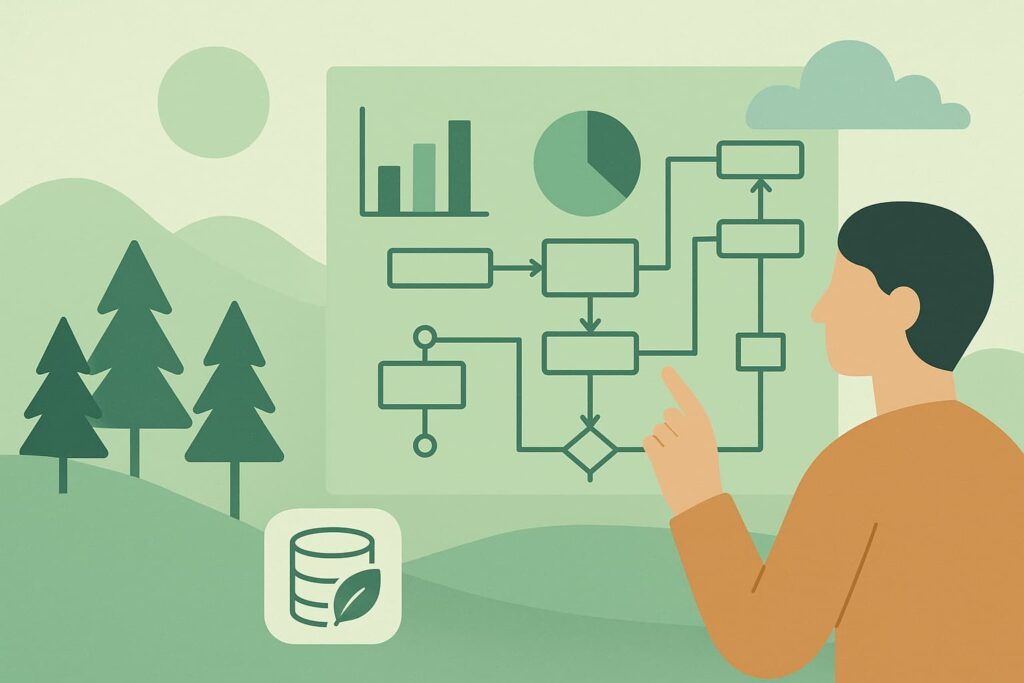By EloInsights, in collaboration with Thiago Leite
- Achieving an organization’s transformational journey on an ongoing basis can be a complex challenge that benefits from the implementation of a unique governance mechanism.
- The Transformation Office offers a solution by reaching several layers of management with a permanent, centralized structure with transformational power.
- In this article, we use archetypes to explain how it works and how it delivers multidimensional value, as well as talking about the professionals who make adherence to change more organic, permanent and efficient.
Making transformation a continuous process within an organization is as challenging as it is indispensable for business survival. It involves engaging and motivating people, as well as investing in building foundations based on digital competences, data intelligence, a culture of experimentation, the application of agile methods at scale and the continuous exploitation of learning. To deal with these demands and improve the orchestration of solutions, the implementation of a Transformation Office can be quite important.
A TO is a specialized governance mechanism focused on the transformation and growth of organizations. It is made up of a group of professionals whose aim is to help the top leadership, as well as the teams at the top, overcome barriers within the context of organizational transformation.
Their work goes beyond the search for efficiency and cost control, as is the case in other more traditional structures. For example, one of its functions is to ensure that the organization still is connected to the wider market and industry context, checking trends and directing the adoption of technologies that are in line with the challenges faced by the company. The OT must have autonomy, appearing apart from the corporate hierarchy, which allows them to bring a unique perspective and, thus, help senior management on their transformational journey.
It is structured by various reference positions and establishes an “operating model” for the other areas. Its scope is broad, and it can mobilize multifunctional teams within the business units – supporting executives and keeping them informed – and offer greater methodological consistency and tools to Business Cases.
Another of its functions is to attract talent. It supports the leadership in creating and reviewing competitive policies for attracting and keeping senior-level professionals, whose duties will include strengthening the fulfilment of key indicators (KPIs). The Transformation Office also designs and executes communication plans within the scope of change management, minimizing resistance to change and shaping the corporate culture.
In short, it acts in multiple dimensions: it directs, governs, delivers impact and contributes to building foundational competences that make transformation possible as a continuous process.
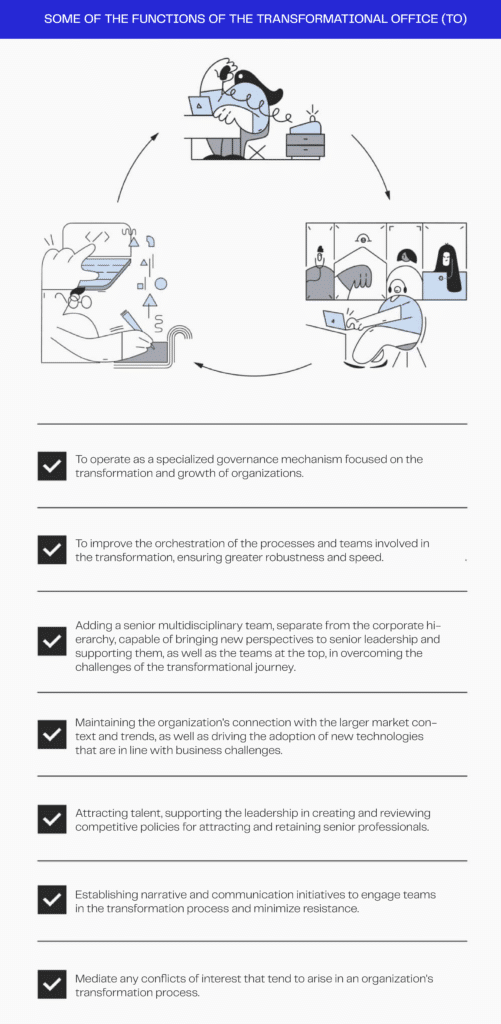
The roles within Transformation Office
To form a robust team capable of operationalizing this governance mechanism, it is advisable to mix outside professionals with those who already work in the company, combining the ones who understand the business and those who can add new perspectives. Over time, the workforce can diversify into new configurations.
Let’s look at the distinct roles, the profiles of the positions to be filled and how the functions complement each other in the construction of a possible Transformation Office:
- Chief Transformation Officer: The named position linked to the governance structure is held by a senior professional who reports to the CEO. They act as change agents with the ability to overcome resistance and obstacles, have a transversal understanding of functional areas and business units and are respected leaders throughout the organization.
- Finance Lead: Coordinates different finance professionals, fully dedicated and removed from day-to-day functions. They have in-depth knowledge of accounting rules and, in the case of more complex organizations, establish a good connection with the different leaders in the finance area. Their focus is on ensuring transformation through a financial lens, which involves, for example, the allocation of resources to transformational initiatives, the premises and conditions for financing them.
- HR Lead: Working to build the organization’s talent attraction policies, modulating working dynamics, corporate culture, working relationships and KPIs.
- Digital Lead: IT professional with in-depth knowledge of architecture and digital solutions, corporate systems and legacy business systems. They also connect with the partner network to think about digital solutions for the ecosystem, as well as cultivating good relationships with the organization’s leaders.
- BU Senior Champion: A senior, cross-functional employee with a good rapport with the leaders of the business units. They are respected by other leaders and have a proven ability to deliver complex and aspirational transformation programs.
- TO Leads: Professionals with extensive experience in project management. At corporate level, they check the set of transformation initiatives, reporting progress and ensuring the necessary integrations. They are well connected with the various functional areas of the business and are seen as talents to be honed.
- Delivery Squads: Cross-functional teams that accelerate the delivery of value, made up of professionals considered to be the organization’s talents. They are dedicated to developing critical levers for the business, such as new operating models and digital assets.
The dimensions and archetypes of value delivery
The Transformation Office shares the same multidimensional nature as the transformation process, which is reflected in the delivery of value. With a top-down approach, it affects a wide range of stakeholders, from board members to employees and even customers, as it dictates the direction the organization takes.
In this way, it promotes a constant exchange of feedback and collects inputs that feed into the strategic goals, making up a roadmap of initiatives with transformational power. Let’s first understand how this mechanism works in four main dimensions.
- Steering: Ensures that the transformation process is orientated. It connects internal factors – such as challenges and opportunities, management maturity and readiness for change – to other external factors, like trends, emerging technologies, future projections, a systemic vision of the market, the industry and the positioning of competitors. It keeps the purpose as the core of the transformation, what guides and motivates, as well as understanding which aspects will be changed on this journey.
- Governance: The organization needs governance to ensure that its transformation journey is well underway and monitored. The Transformation Office can reinforce this by ensuring that a narrative is built, that goals and aims are communicated widely and constantly, and by managing conflicts of interest that naturally arise between the areas and people affected. Your value delivery also lies in monitoring and communicating results and dictating the pace and rhythm of deliveries.
- Impact delivery: It is in each of the functional areas and business units that the transformation initiatives are carried out. This central governance body monitors progress and ensures integration at all stages of action, from the conception of ideas to the implementation and scalability of solutions. This translates into an ability to accelerate the delivery of value, whether by developing new operating models, directing the use and application of technologies, among others.
- Building foundations: This refers to solidifying the foundations of the business, which involves keeping the development of digital competences evolving, applying data intelligence, adopting a culture of experimentation, applying agile methods at scale and continuously exploiting learning. The contribution of this transformational unit lies in thinking about digital solutions with an eye on the entire ecosystem. It manages by taking legacy systems into account, while at the same time directing investments in infrastructure, architecture and the incorporation of innovative technologies – always aiming at ways to speed up change, meeting strategic goals, aligning with the organization’s vision of the future – as well as adapting to and predicting disruptive contexts.
To deepen our understanding of how the Transformation Office delivers value within a transformation process, below we have established some archetypes of action, as well as a diagram showing the dynamics between each of them, and the dimensions described above.
Though, this is not to say that all models take shape at the same time, nor that they are limited to just one of them. The evolution of their implementation will be discussed below.
Strategic Architect

Together with the Board of Directors, the Transformation Office regularly orders, manages and checks the consistency of the strategy and transformation agendas, which involves keeping the clarity of the transformational vision and organizational aspirations while balancing the strategic portfolio of actions, threats and opportunities.
Control Tower

Already empowered by the CEO, it distributes responsibilities, adjusting the premises, timeframe and execution targets for the initiatives. It also moderates interdependencies when prioritizing transformation agendas, mediating conflicts of interest between the different functional areas.
Tracker

Here, the governance mechanism will handle calculating earnings, providing dashboards and metrics – such as KPIs (Key Performance Indicators) – that indicate progress, barriers and the capture of value for the business. It supports decision-making not only at the top, but especially by the CEO and CFO.
Accelerator

In this archetype, it determines the tone, pace and rhythm of transformational initiatives. It also runs a specific set of actions: horizontal, multifunctional and complex, which can only be carried out centrally by a dedicated, high-performance team, as in the case of restructuring the operating model or decisions involving digital assets.
Coach

It disseminates new mentalities and behaviors, as well as providing tools for an agile, customer-focused transformation, based on testing and learning in short, regular cycles of experimentation to establish an orientation towards change. It keeps two-way communication with stakeholders: at the same time as collecting feedback, it produces constant inputs that ease and direct the entire process.
Facilitator

Directly and often accesses different executive layers of the organization, from the CEO to other members of senior management. It unlocks investment, funding and activates players in the ecosystem – including suppliers, start-ups and others – to catalyze change.
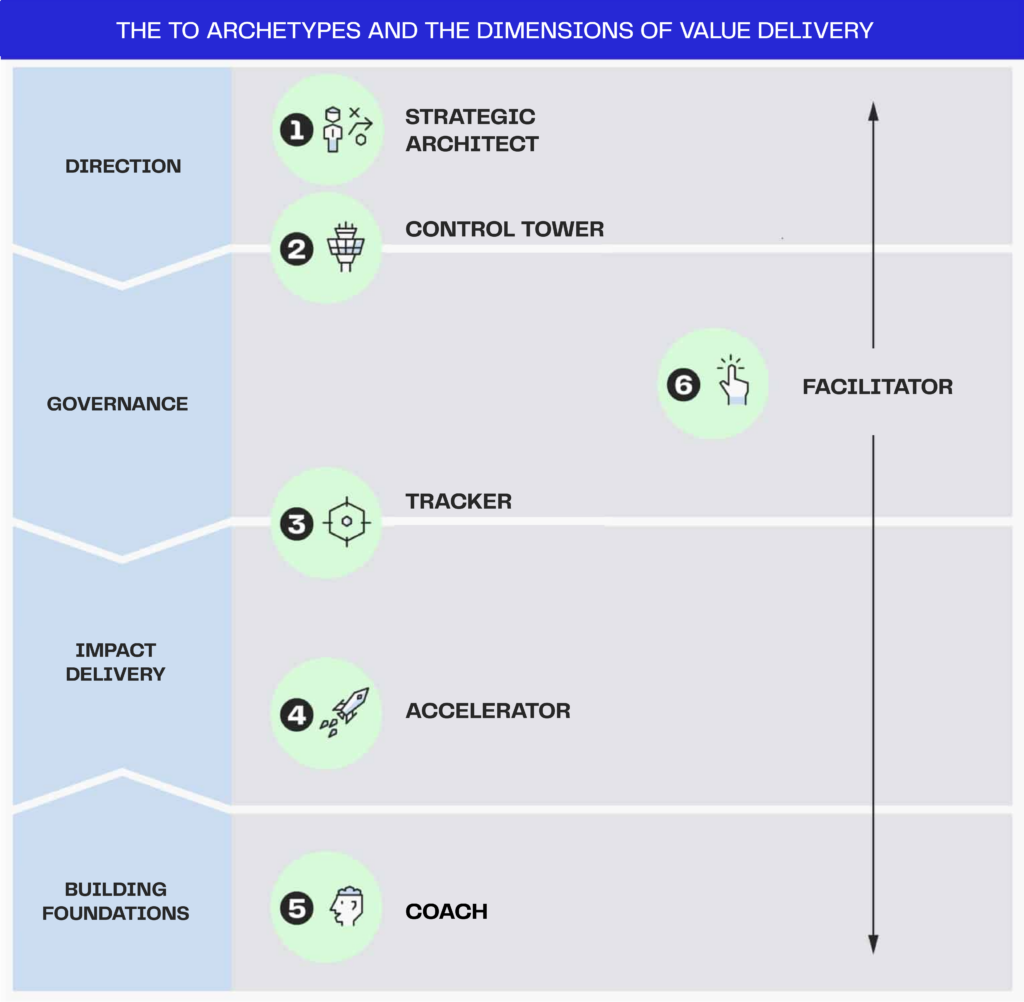
A gradual, evolutionary implementation of Transformation Office
There is no single rule for implementing the Transformation Office, the gear that governs transformations. However, when starting this process from scratch – and if the type of transformation desired and the size of the organization are complex – there is a usual path, which we will describe using the value delivery archetypes:
- By the end of the first year: the Strategic Architect gains the body to judge what is most relevant, guaranteeing the initiatives that set the direction for the transformational agenda.
- Between the second and third year of implementation: with the strategic consistency acquired, the CTO grows in responsibility, like the Control Tower and the Tracker. Actions are aimed at centralizing governance and creating standards for the birth and progress of transformative initiatives – which can even be dropped along the way. More complex initiatives are also brought to the center, which require greater capacity for execution and tend not to progress if they are distributed at the ends.
- From the third year onwards: now mature, the Transformation Office can activate new value deliveries. It molds its management around the Accelerator, Coach and Facilitator archetypes to catalyze processes and take part more actively in the dissemination of a change-oriented culture. It acts throughout the ecosystem, accessing resources, unlocking funding and establishing partnerships.

As it evolves and gains maturity, the Transformation Office does not cease to exist, but it can redistribute the functions linked to transformation to the business units and functional areas as they develop and become more capable. This is why the TO’s configuration changes to take on new formats, adapting to various variables: the sense of urgency for new actions; the strategic direction of the corporation; the maturity of the organization in absorbing change; as well as the capabilities and resources needed to keep pace with the transformations.
The fact is that a change-oriented culture requires consistent governance centered on organizational strategy. It is also essential to have alignment at the top and the promotion of autonomy at the bottom, to capillary and consolidate decision-making capacity. The path to success lies in making transformation processes more organic and cyclical, keeping the organization constantly evolving.
THIAGO LEITE works as Senior Manager at EloGroup.


